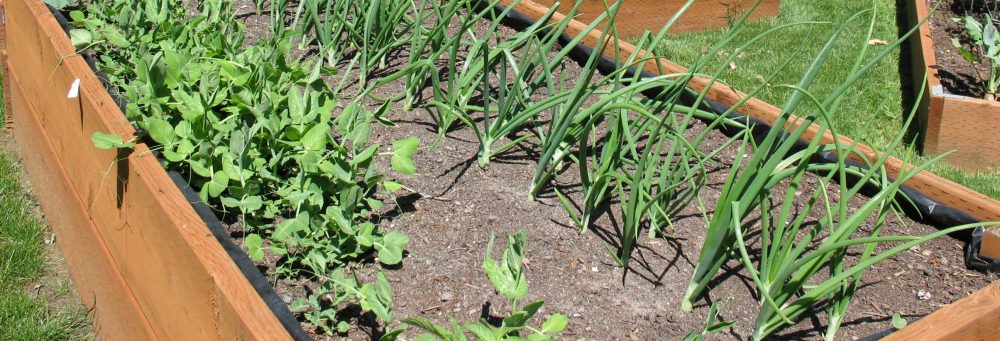August - It's Tomato Time!
The Garden in July
Attack of the Cabbage Root Maggot!
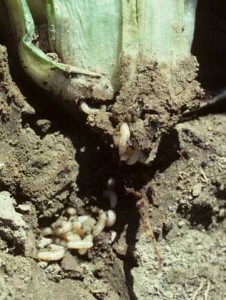
The Cabbage Root Maggot
Why does anyone still grow Early Girl Tomatoes?
My Favorite Tomato Varieties
- Pineapple
- Sudduth's Brandywine
- Stupice
- Moscovich
- Pruden's Purple
Hooray, Hooray, the 8th of May!
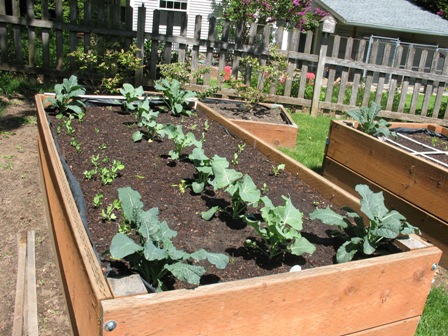
Kale, Snap Peas, Broccoli and Kohlrabi all in the same raised Bed
- Early Green Broccoli
- Buttercrunch Lettuce
- Maxibel Filet green beans
- Fortex Pole Beans
- Zephyr Yellow Squash
- Eder Kohlrabi
- Sugar Ann Bush Snap Peas
- Spicy Mesclun mix
- Bunching Green Onions
- Lacinato Kale (see the picture below)
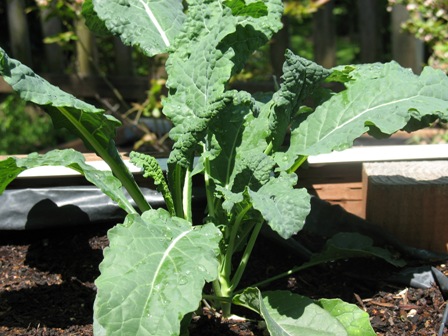
Lacinato Kale
- Pineapple (my very favorite heirloom tomato) Large yellow tomato with a sunburst of red stripes inside, very sweet, lovely texture, not at all mealy.
- Brandy Boy
- Brandywine
- Jelly Bean Red Grape ( new to me this year)
- Stupice, first to produce, last pick of the season
- Pruden's Purple, great heirloom flavor, earlier than Brandywine
- Goliath, new to me this year
- Roma
- Sungold, also new to me this year, everyone I know raves about it.
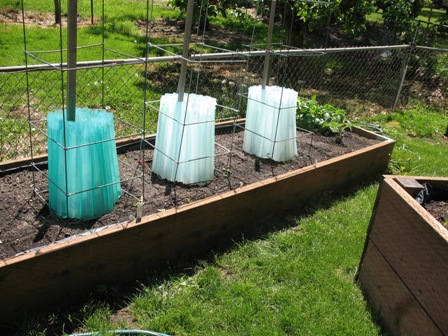
My Lazy Tomatoes in their Wall-O-Waters
I picked up some worm poop today!
If you want to get technical the correct term is “Vermicompost” or Worm Castings. But really it’s just worm poop. Great stuff for your garden, full of micronutrients as well as the usual Nitrogen, Phosphorus and Potash. Vermicompost adds organic material that helps to build your soil structure as well. It can be applied safely to all plants, it will not burn them. The nutrients in Worm castings are immediately available to your plants and don’t need to break down as some other organic fertilizers do. I did a search online to find a worm farmer in my area and found http://northwestredworms.com.
It was very reasonable cost wise to get some fresh worm poop, $5.00 for 5 gallons. You also get some baby worms and worm eggs that happen to be left behind with the castings. So as you add it to the garden you are building a future worm colony to improve your soil.
